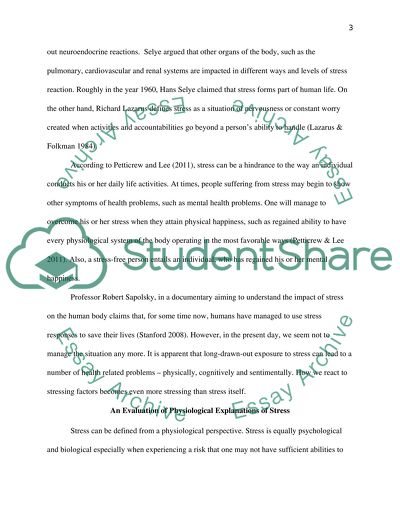Cite this document
(“Stress Essay Example | Topics and Well Written Essays - 1500 words - 3”, n.d.)
Stress Essay Example | Topics and Well Written Essays - 1500 words - 3. Retrieved from https://studentshare.org/psychology/1697995-stress
Stress Essay Example | Topics and Well Written Essays - 1500 words - 3. Retrieved from https://studentshare.org/psychology/1697995-stress
(Stress Essay Example | Topics and Well Written Essays - 1500 Words - 3)
Stress Essay Example | Topics and Well Written Essays - 1500 Words - 3. https://studentshare.org/psychology/1697995-stress.
Stress Essay Example | Topics and Well Written Essays - 1500 Words - 3. https://studentshare.org/psychology/1697995-stress.
“Stress Essay Example | Topics and Well Written Essays - 1500 Words - 3”, n.d. https://studentshare.org/psychology/1697995-stress.


